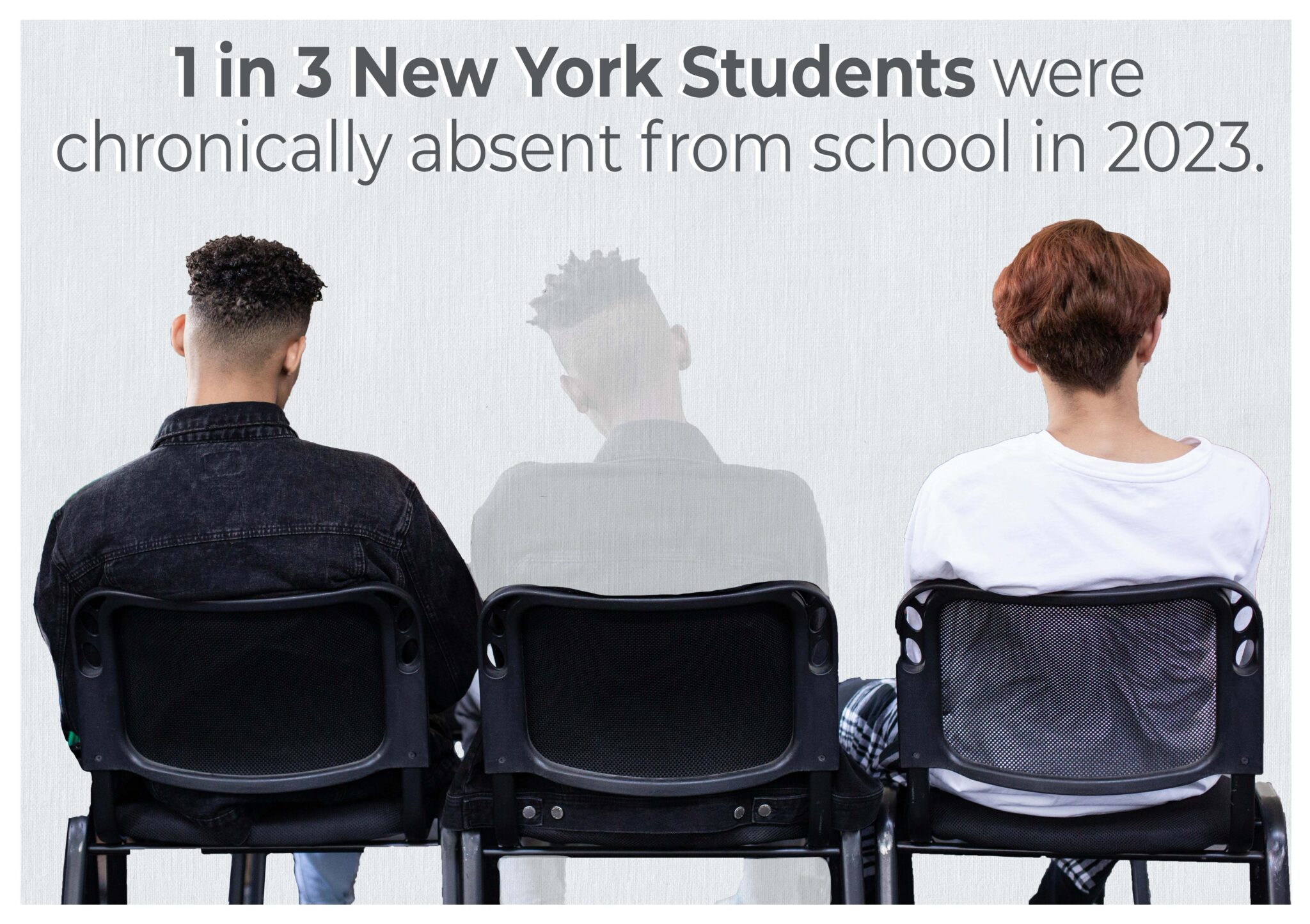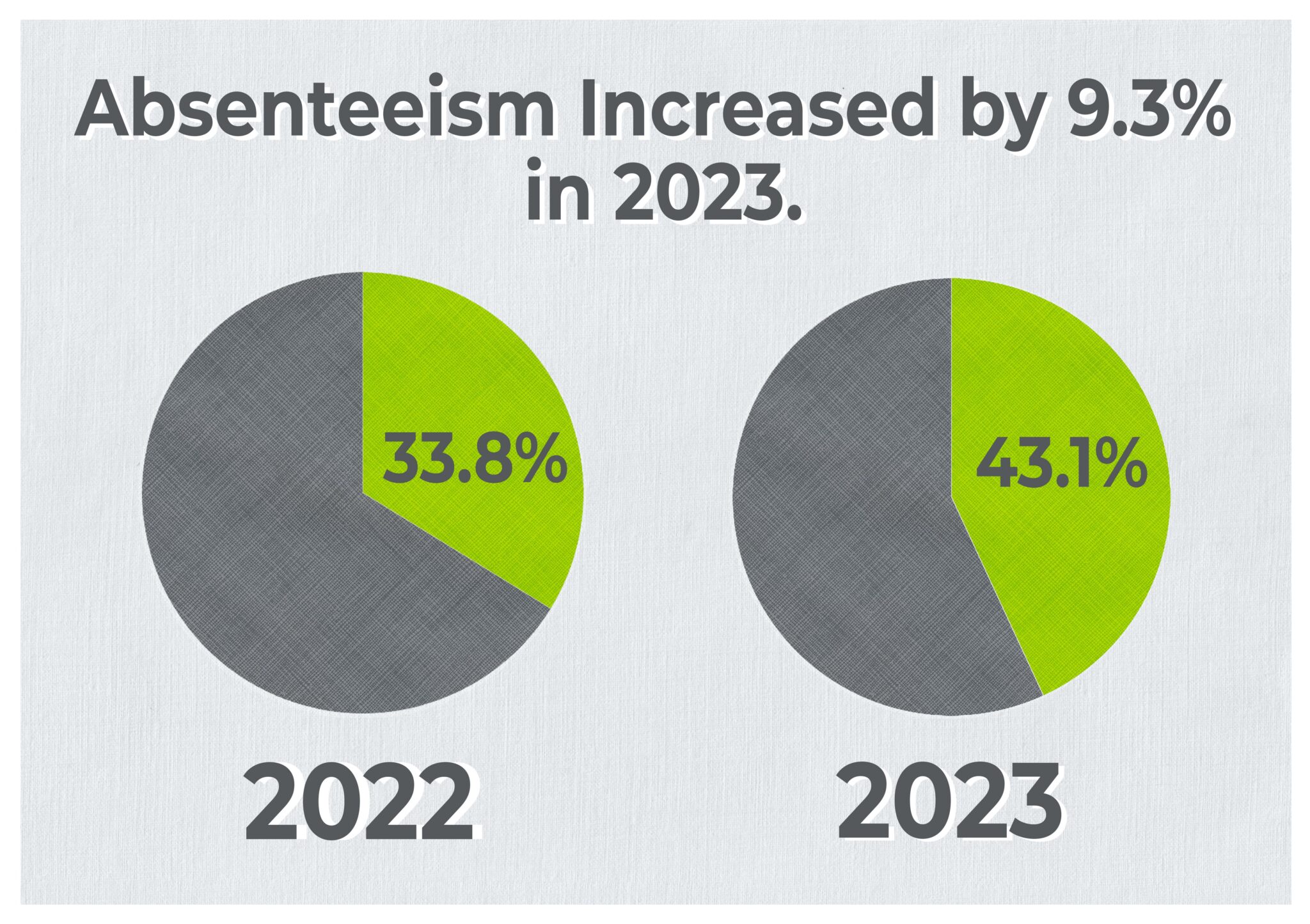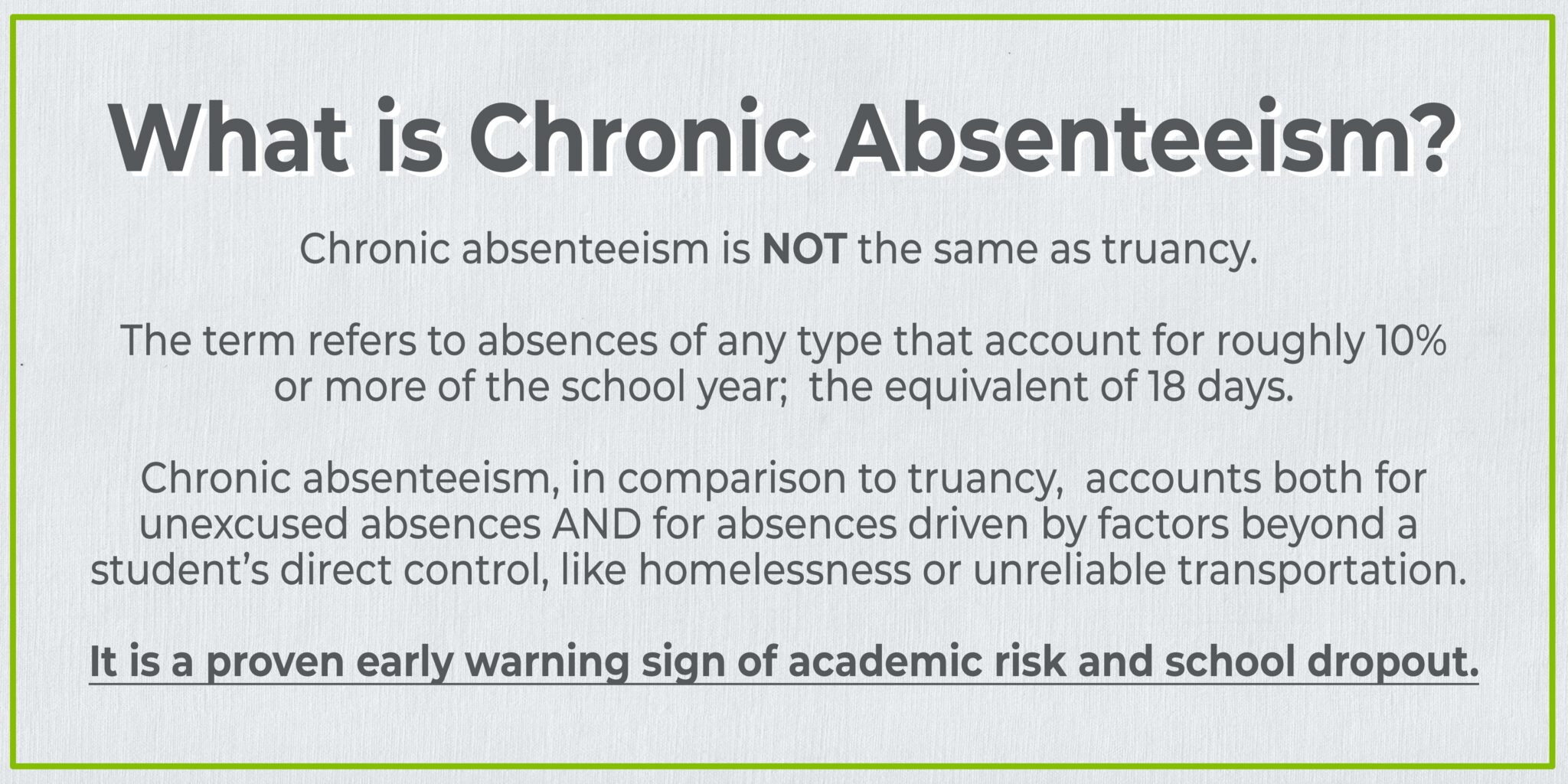Can Project Based Learning Reduce Chronic Absenteeism?
February 20, 2025
It is a valid question that teachers across New York are asking: How can we as educators improve the lives of children if they are not attending class?
In the 2022-2023 school year, approximately 1 in 3 students across New York State were chronically absent from school.1 Shocking as this number sounds, the picture emerging from schools in our city is worse, with chronic absenteeism rates of 43.1 percent, an increase of almost 10% from the previous year.2

Looking outside of New York to the country at large, a recent study claims that about one in ten districts reported chronic absenteeism levels of 30 percent or more and another two in ten districts reported rates between 20 and 30 percent in the 2023–2024 school year.
The drivers of this worrying phenomenon are far from straightforward. Scholars cite the legacy of COVID, before which absenteeism rates were falling throughout NYC public schools. “If the pandemic was an earthquake, the subsequent rise in absenteeism has been a tsunami that is continuing to disrupt learning,”3 said Thomas Kane, a Professor of Education at Harvard University.
Structural factors, such as historical segregation, poverty, unpredictable work schedules, and interactions with the justice system also take much of the blame.4 Given this reality, the challenge for schools is that much of the work to help address chronic absenteeism falls outside of their purview.

“If the pandemic was an earthquake, the subsequent rise in absenteeism has been a tsunami that is continuing to disrupt learning.”
– Thomas Kane, Professor of Education at Harvard University
The impacts are severe and well documented: A recent study in California found that only 17 percent of students chronically absent in both kindergarten and 1st grade were proficient readers by the end of 3rd grade compared to 64 percent of their peers. When children from marginalized families, (those most likely to be chronically absent) fall behind, they are less likely to have the resources to make up for lost time.5 Students who are chronically absent in early years of school tend to remain chronically absent and perform less well on test scores in later years.6 Clearly, absenteeism leaves a legacy that is hard to address.

Why is Chronic Absenteeism so Hard to Tackle?
It all begins with how we measure school attendance; the most common measure is Daily Attendance. This approach, while crucial, often fails to reveal important absenteeism related issues. It is easiest to illustrate this point using a real world example: If you have a school of 200 students with 95 percent average daily attendance, 30 percent (or 60) of the students could be missing nearly a month of school over the course of the school year. In other words, relying exclusively on Average Daily Attendance rates prevents school staff from determining whether that 5% average absence rate is due to many students missing a few days (normal) OR a small but still significant minority of students missing many days7 (cause for concern).
While solutions exist to solving the absenteeism crisis, often they require community-wide solutions to address other pressing problems such as access to transport, healthcare, and fresh food.8 School staff may be left with the sense that there is little they can do, removing the agency of one of the primary interest groups trying to address chronic absenteeism.
What Actions can Schools Take?
Despite the challenges noted above, educators are far from powerless in confronting this reality. A recent article on Chalkbeat lays out a number of approaches which schools across the city are piloting. These center around better data collection, early intervention and peer to peer support. Beyond these measures, research suggests that Project Based Learning (PBL) curricula can also raise attendance across all ages and socioeconomic levels.9

Recent studies show a direct correlation between project-based learning and higher attendance levels. PBL also leads to higher test scores and develops social and emotional faculties. Intuitively, these findings make sense; PBL tends to be more applicable and relatable, bridging a student’s outside life with what they are learning in school. A report by the University of Michigan supports this claim, citing the ease of engaging students with PBL.10
Furthermore, another study showed a direct correlation between PBL and positive attendance trends, particularly in economically disadvantaged communities.11
How can Hydroponic Classrooms Help?
At NY Sun Works, we bring a hydroponic and aquaponic PBL curriculum for schools to implement in their STEM classes. Lessons include our Farming Foundations curriculum, offered from K-12, through which students learn the science behind hydroponics and how to grow their own food from seed to harvest in the classroom. What really highlights NYSW’s PBL curriculum as a chronic attendance preventive measure is the presence of living, growing plants in the classroom.
The Yale Ledger recently published an extensive list of benefits of green spaces in schools, including the improvement of cognitive and learning development, social emotional development, memory, and concentration.12 But green spaces in classrooms are also beneficial to attendance. A study found that greener schools not only have better academic outcomes, they also have higher attendance rates.13 Our partner schools’ Hydroponic Classrooms can and should play a role in helping address chronic absenteeism.

Students at August Martin High School in Queens, NY harvest cucumbers from a vine crop system.
Policymakers and educators seeking to improve chronic absenteeism in NYC can look at the addition of Hydroponic Classrooms in schools as not only a way to strengthen STEM education, but to provide tools and agency to schools addressing chronic absenteeism. By providing schools with a hydroponic and aquaponic project-based learning curriculum, our work can aid in solving the chronic absenteeism crisis NYC public schools have been experiencing and help reverse the troubling trend post-COVID.
Author: Ganesh Mejia-Ospina
Author Bio: Ganesh Mejia is a third year undergraduate studying Mathematics and Philosophy at the University of Chicago. He interned for NY Sun Works in the summer of 2024, where he researched and wrote articles on climate policy, the impact of chronic absenteeism, and food insecurity on youth education outcomes. In his free time, Ganesh is a passionate soccer fan and player. He also likes birding, reading, and film.
- https://www.osc.ny.gov/files/reports/pdf/missing-school-ny-chronic-absenteeism.pdf ↩︎
- https://www.osc.ny.gov/files/reports/pdf/missing-school-ny-chronic-absenteeism.pdf ↩︎
- https://news.harvard.edu/gazette/story/2025/02/u-s-students-need-to-start-showing-up-pandemic-covid-learning-loss/ ↩︎
- https://www.cityhealthdashboard.com/blog-media/chronic-absenteeism-trends ↩︎
- https://www.attendanceworks.org/wp-content/uploads/2017/04/Chronic-Elementary-Absenteeism-A-Problem-Hidden-in-Plain-Sight.pdf ↩︎
- http://www.nccp.org/publication/present-engaged-and-accounted-for-the-critical-importance-of-addressing-chronic-absence-in-the-early-grades/ ↩︎
- https://www.attendanceworks.org/wp-content/uploads/2017/04/Chronic-Elementary-Absenteeism-A-Problem-Hidden-in-Plain-Sight.pdf ↩︎
- https://www.attendanceworks.org/chronic-absence/the-problem/ ↩︎
- https://www.lucasedresearch.org/wp-content/uploads/2021/01/MLPBL-Research-Brief-1.pdf ↩︎
- https://record.umich.edu/articles/project-based-learning-yields-better-student-outcomes-studies-show/ ↩︎
- https://scholarworks.iu.edu/journals/index.php/ijpbl/article/view/28336 ↩︎
- https://campuspress.yale.edu/ledger/thinking-green-why-schools-should-have-natural-spaces/ ↩︎
- https://www.ncbi.nlm.nih.gov/pmc/articles/PMC6388261/ ↩︎
FRIENDS OF NY SUN WORKS
Join Our Mission to Grow Tomorrow’s Climate Leaders.















